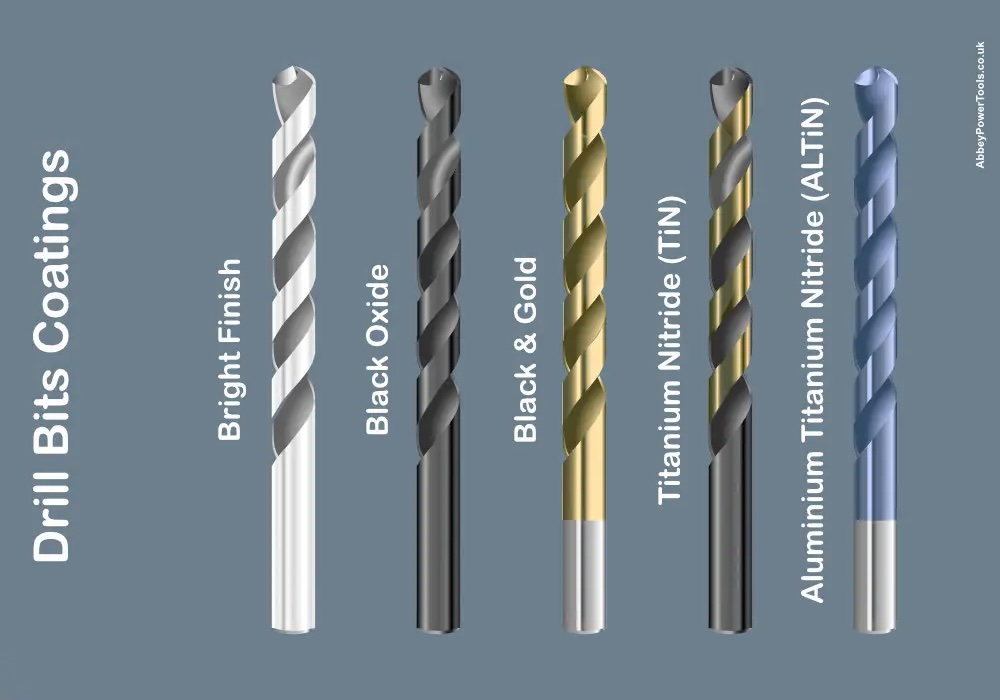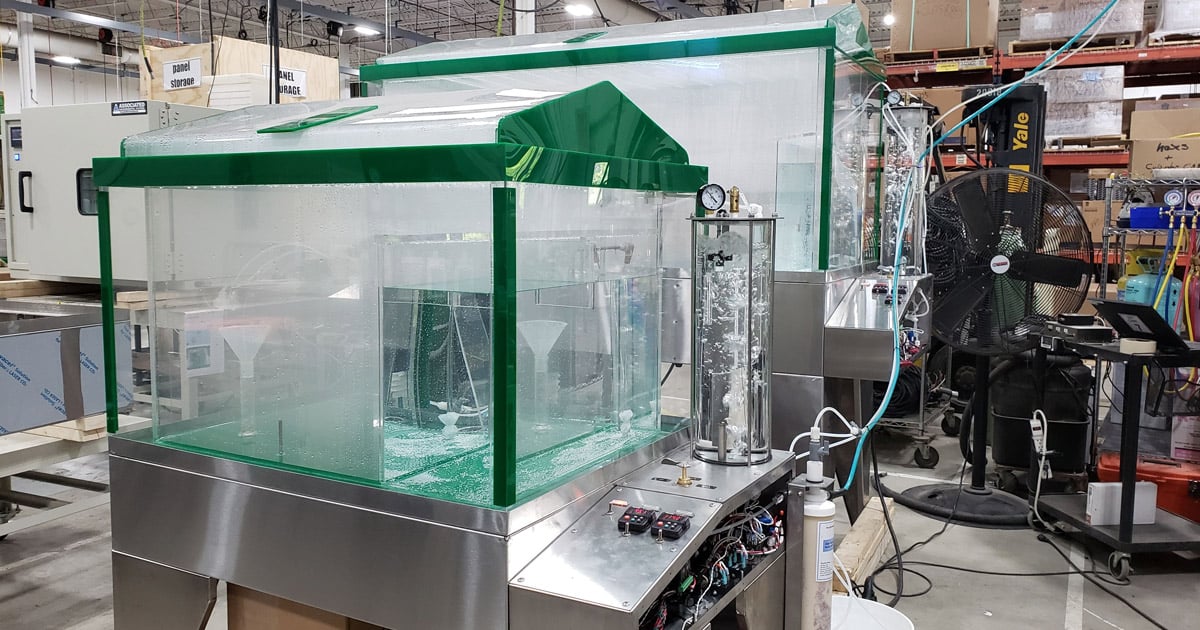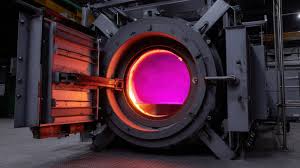Coating Technologies Deep Dive
Drill bit coating technology is a critical performance enhancement method. Different coating systems excel in corrosion resistance, wear protection, and high‑temperature stability. Proper coating selection and application can dramatically extend tool service life.
Metallic Coating Systems
- Nickel Plating: 5‑15μm thickness, HV500‑600 hardness, excellent general corrosion resistance
- Chrome Plating: 10‑25μm thickness, HV800‑1000 hardness, superior wear and corrosion resistance
- Zinc‑Aluminum Composite: 20‑50μm thickness, sacrificial anode protection for marine environments
- Nickel‑Phosphorus Alloy: 15‑30μm thickness, amorphous structure, uniform protection
Ceramic Coating Systems
- Aluminum Oxide: HV1500‑2000 hardness, outstanding wear resistance
- Zirconia Ceramic: Better toughness, strong impact crack resistance
- Titanium Carbide: Extreme hardness, suitable for severe wear environments
- Composite Ceramics: Multi‑layer structure balancing hardness and toughness
Polymer Coating Systems
- Epoxy Resin: Strong adhesion, good chemical stability
- Polyurethane: Excellent flexibility, superior impact resistance
- Fluorocarbon: Maximum chemical inertness, outstanding self‑cleaning
- Nano‑Composites: Enhanced matrix performance, multi‑functional protection
Environmental Adaptation Selection Guide
Marine & Coastal Environments
- Salt Spray Concentration: High salt areas require nickel+ceramic composite coatings
- UV Exposure: Outdoor applications need UV‑stable topcoat systems
- Humidity Control: Select hydrophobic coatings to reduce moisture penetration
- Test Standards: ASTM B117 salt spray test > 500 hours
Chemical & Acid‑Base Environments
- Acidic Media: Fluorocarbon or modified epoxy, pH 2‑6 suitable
- Alkaline Media: Ceramic or nickel‑based coatings, pH 8‑12 suitable
- Organic Solvents: Fluorocarbon coatings, excellent solvent barrier properties
- High‑Temp Chemical: Ceramic coatings, temperature resistance up to 800°C
High‑Temperature & Wear Environments
- Dry Cutting: Ceramic coating + optimized geometry to reduce friction heating
- Continuous Operation: Multi‑layer systems, base heat dissipation + surface wear resistance
- Abrasive Environments: Hard ceramic coatings, HV > 1500
Coating Quality Control & Testing Standards
Coating Performance Testing
- Adhesion Testing: Pull‑off test > 15 MPa, cross‑cut test Grade 0
- Hardness Testing: Vickers hardness, different standards for different coatings
- Thickness Testing: Eddy current or magnetic gauging, uniformity ± 10%
- Porosity Testing: Electrochemical impedance to assess coating density
Corrosion Resistance Evaluation
- Salt Spray Testing: ASTM B117, 500‑1000 hours without corrosion
- Cyclic Corrosion: Simulate real environments, wet‑dry cycle testing
- Electrochemical Testing: Polarization curves for rapid corrosion assessment
- Immersion Testing: Long‑term immersion in specific media, chemical stability evaluation
Coating Process Control Points
- Surface Preparation: Blast to Sa2.5 grade, roughness Ra 3‑6μm
- Application Environment: Temperature 20‑25°C, humidity < 60%
- Curing Conditions: Set temperature and time per coating type
- Quality Inspection: Batch sampling, establish quality records
Coating Failure Modes & Prevention
- Blistering/Peeling: Inadequate prep → Strict process adherence
- Pinhole Defects: Poor environment → Control temperature/humidity
- Thickness Variation: Process drift → Strengthen monitoring
- Poor Adhesion: Substrate contamination → Enhanced cleaning validation
Coating Maintenance & Care
- Post‑Use Cleaning: Promptly remove corrosive residues
- Storage Environment: Dry, ventilated, prevent collision scratches
- Regular Inspection: Monitor coating integrity, timely repair
- Usage Records: Maintain coated tool service logs



